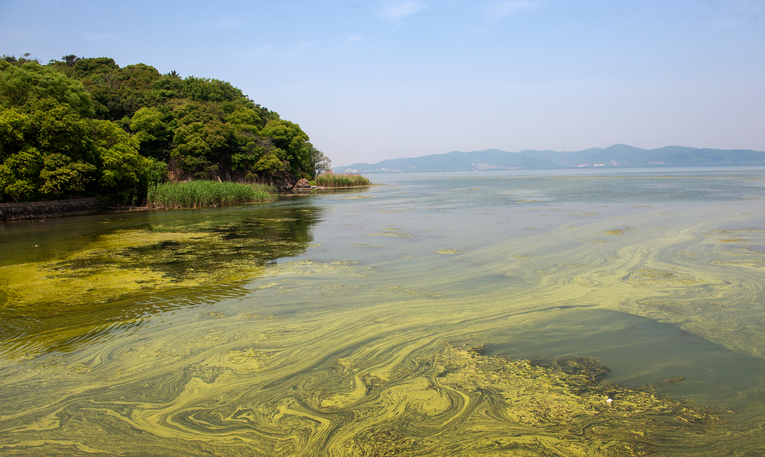According to China’s Ministry of Environmental Protection (MEP), master implementation plans for 228 prefectural cities concerning water pollution control will be added to the national project pool, which include more than 3,300 projects amounting to a total investment of around 300 billion yuan (56 billion CAD).
The MEP and the Ministry of Finance started to develop the project pools to fight water pollution in 2016, at which time there were over 4,800 projects added to the national project pool, representing 430 billion yuan (80.6 billion CAD) in project funding. The project pool was assembled in order to improve the quality of the projects and accelerate remediation progress.
Beginning in 2017, the MEP adjusted 118 master plans already supported by the pool adjusted and offered technical guidance to 174 applicant prefectural cities. The projects include ecological conservation of lakes, protection of centralized drinking water sources in urban areas, prevention and control of water pollution in watersheds, and groundwater pollution control.
The Ministry has stated that the P3 model is recommended for any projects in the national pool. New wastewater treatment projects in the 2016 inventory and 2017 applicant plans were removed from the pool if they had not adopted the P3 model.
Reuters reported that of 2,100 water sites to receive the lowest grade of environmental and use quality, 44 per cent received treatment in the first half of 2017.
Going forward, management of projects will be transferred to local governments who will organize prefectural cities to further develop the implementation plans and execute the projects. Moving projects to the local scale was a part of the 2016 mandate by which projects in the pool are required to suit local conditions.
The central government has committed to spending 12 billion yuan—2.25 billion CAD—in special funds to support water protection and governance projects in the national project pool and facilitate the implementation of the action plan against water pollution.
More information can be found online at China’s Ministry of Environmental Protection. As Water Canada has reported, Canada continues to develop its involvement in China’s water treatment market.









